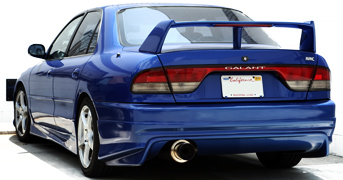
Originally Posted by
brandon
Yep, got it routed back into the intake tube... the only thing I keep thinking is because the dump tract back to the intake is so long it might be an issue (or I have a leak somewhere).
After raising the idle a bit I don't stall anymore, but still run super rich when letting off the gas.
I've talked to a few other people who seem to think it's normal... but dropping down to the 600RPM range doesn't seem too normal to me...
sounds like a boost leak. i had the same problem early on. make a boost leak tester and spray soapy water anywhere there can be a leak and test it out.
oh yeah, good job on the write-up. i didn't get to read through all of it, but it seems to be good.
 Log in
Log in Register
Register




 Reply With Quote
Reply With Quote










Bookmarks